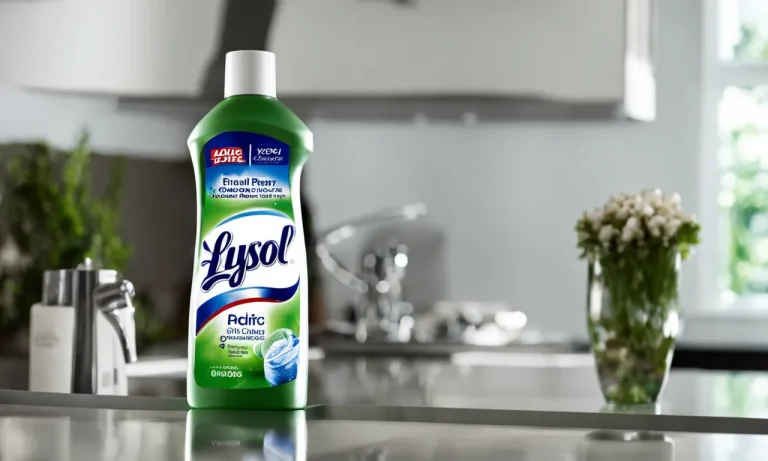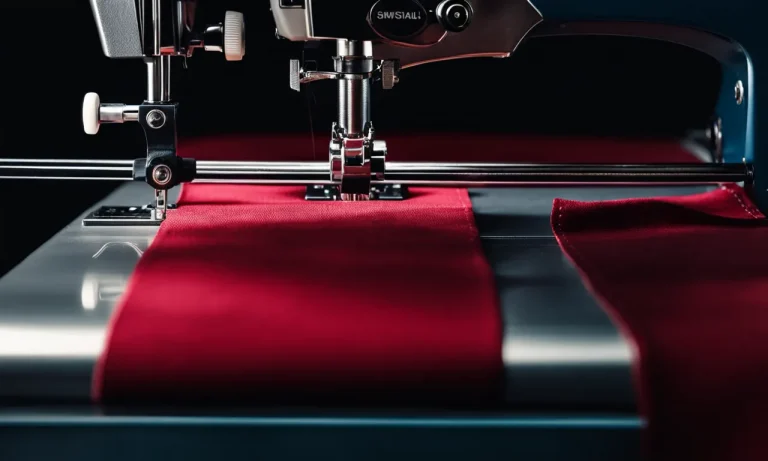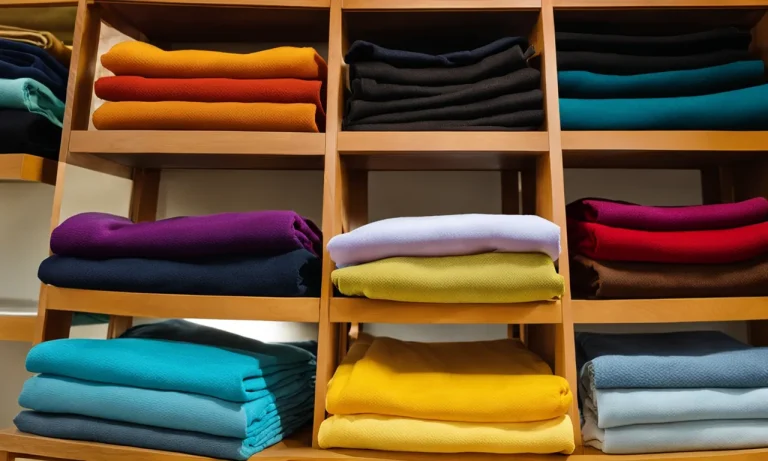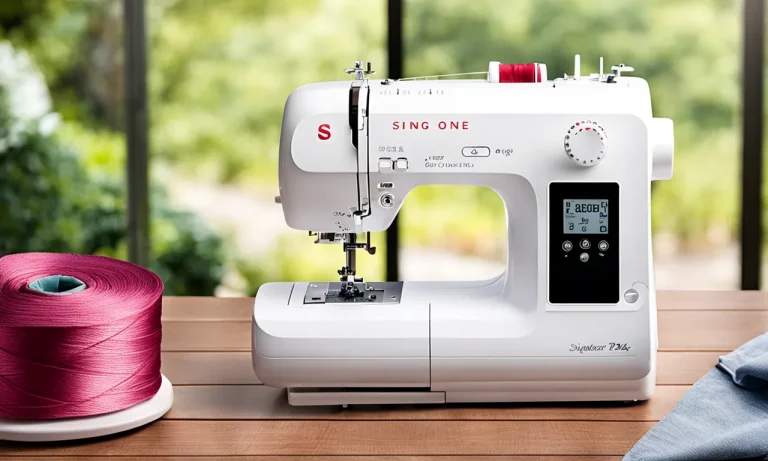Is Nylon Waterproof Or Water Resistant? A Detailed Look
If you’ve ever wondered whether nylon fabric is waterproof or just water resistant, you’re not alone. Many people assume nylon offers waterproof protection, but the truth is a bit more nuanced. In this comprehensive guide, we’ll examine the water-repellent properties of nylon fabric and help you understand exactly how it handles moisture.
If you’re short on time, here’s a quick answer to your question: While nylon has some waterproof qualities, it is technically considered water resistant rather than fully waterproof. Nylon fabrics are hydrophobic and do repel water to a certain extent, but with enough exposure to moisture or pressure, water can still pass through.
The Basic Properties of Nylon Fabric
Nylon fabric is a versatile material that is widely used in various industries, including fashion, sports, and outdoor gear. Understanding its basic properties can help you determine whether it is waterproof or water-resistant.
Made from Synthetic Polymers
Nylon fabric is made from synthetic polymers, specifically polyamide fibers. These fibers are created through a chemical process called polymerization, where individual molecules link together to form long chains.
This manufacturing process gives nylon fabric its characteristic strength and durability.
Due to its synthetic nature, nylon is not inherently waterproof or water-resistant. However, certain treatments or coatings can be added to enhance its water-repellent properties.
Has a Tight Weave
One of the reasons why nylon fabric is often used in outdoor gear is its tight weave. The tightness of the weave helps to create a barrier that prevents water from penetrating the fabric easily. This can make nylon fabric water-resistant to some extent.
However, it is important to note that the tightness of the weave alone does not guarantee complete water resistance. Factors such as the density of the weave and the presence of additional coatings or treatments play a significant role in determining the fabric’s water resistance level.
Naturally Hydrophobic
Nylon fabric is naturally hydrophobic, meaning it has a natural aversion to water. This hydrophobic property is partly due to the chemical structure of nylon, which has a low affinity for water molecules.
As a result, water tends to bead up and roll off the surface of nylon fabric rather than being absorbed.
While this natural hydrophobicity provides some level of water resistance, it is important to note that nylon fabric can still become saturated with water under prolonged exposure or heavy rainfall. In such cases, additional water-repellent treatments or coatings can be applied to enhance the fabric’s water resistance.
It is worth mentioning that the water resistance level of nylon fabric can vary depending on various factors, including the specific type of nylon used, the manufacturing process, and any additional treatments applied.
Therefore, it is always advisable to check the specific product or consult the manufacturer for detailed information on the water resistance properties of nylon fabric.
What Makes a Fabric Waterproof vs. Water Resistant?
When it comes to fabrics, there is often confusion between the terms “waterproof” and “water resistant.” While both are designed to repel water to some extent, there are key differences between the two.
Waterproof Fabrics Are Impermeable
Waterproof fabrics are designed to be completely impermeable, meaning that water cannot penetrate the material at all. These fabrics are typically made by applying a special coating or laminate to the fabric’s surface, creating a barrier that prevents water from passing through.
One popular example of a waterproof fabric is Gore-Tex, which is commonly used in outdoor gear and clothing. Gore-Tex is made up of multiple layers, with a waterproof membrane sandwiched between them. This membrane is filled with microscopic pores that are too small for water droplets to pass through, but large enough for water vapor to escape, allowing for breathability.
Waterproof fabrics are ideal for activities or environments where you need complete protection from water, such as heavy rain or water sports.
Water Resistant Fabrics Repel Water But Can Become Saturated
On the other hand, water resistant fabrics are designed to repel water to a certain extent, but they are not completely impermeable. These fabrics are treated with a durable water repellent (DWR) coating, which causes water to bead up and roll off the fabric’s surface.
While water resistant fabrics can keep you dry in light rain or snow, they are not designed to withstand prolonged exposure to heavy rain or immersion in water. Over time, the DWR coating may wear off, causing the fabric to become less water resistant.
Nylon Falls Into the Water Resistant Category
Nylon is a versatile synthetic fabric that falls into the water resistant category. It is known for its durability, lightweight nature, and ability to dry quickly. Nylon fabrics are often treated with a DWR coating, which enhances their water resistance.
Water resistant nylon is commonly used in a variety of outdoor gear and clothing, such as rain jackets, hiking pants, and backpacks. While it can repel water to a certain extent, it is important to note that nylon can become saturated if exposed to heavy rain or prolonged moisture.
It is worth mentioning that there are different levels of water resistance within the nylon fabric category. Some nylon fabrics may have a higher level of water resistance due to additional treatments or technologies.
Factors That Impact Nylon’s Water Resistance
When it comes to determining the water resistance of nylon, several factors come into play. These factors can greatly affect how well nylon fabric repels water and keeps you dry in wet conditions. Let’s take a closer look at some of these factors:
Thickness of the Material
The thickness of the nylon material plays a crucial role in its water resistance. Generally, thicker nylon fabrics tend to be more water-resistant compared to thinner ones. Thicker fabrics provide a greater barrier against water penetration, making them ideal for outdoor gear such as rain jackets or tents.
However, it’s important to note that the thickness alone does not guarantee complete waterproofing. Other factors, such as coatings or laminates, also play a significant role.
Use of Laminates or Coatings
Laminates or coatings are often applied to nylon fabrics to enhance their water resistance. These additional layers create a barrier that prevents water from seeping through the fabric. Common laminates used on nylon include polyurethane (PU) and polytetrafluoroethylene (PTFE), commonly known as Gore-Tex.
These laminates are highly effective in repelling water while still allowing moisture to escape, keeping you dry and comfortable. Coatings like silicone or polyurethane can also be applied to nylon to improve its water resistance.
These coatings create a hydrophobic surface that causes water droplets to bead up and roll off the fabric instead of being absorbed.
Type of Weave or Knit Pattern
The type of weave or knit pattern used in the construction of nylon fabric can impact its water resistance. Tighter weaves or knit patterns tend to be more water-resistant as they leave less space for water to seep through.
For example, a ripstop weave, which features reinforcement threads woven in a grid pattern, enhances the fabric’s durability and water resistance. On the other hand, looser weaves or knit patterns may allow water to penetrate more easily.
However, it’s important to note that the type of weave or knit pattern alone cannot make nylon completely waterproof. It is the combination of factors like thickness, coatings, and weaves that determine the overall water resistance of nylon fabric.
How to Make Nylon More Waterproof
While nylon is naturally water resistant, there are several ways to enhance its waterproof properties. Whether you’re planning a hiking trip or simply want to protect your nylon jacket from unexpected rain showers, here are some effective methods to make nylon more waterproof:
1. Use a DWR (Durable Water Repellent) Coating
One of the most common ways to improve the waterproofness of nylon is by applying a Durable Water Repellent (DWR) coating. This coating creates a protective barrier on the fabric’s surface, causing water to bead up and roll off rather than soak in.
It helps to maintain the breathability of the fabric, allowing moisture to escape while keeping you dry. Applying a DWR coating to nylon products such as jackets, backpacks, or tents can significantly enhance their resistance to water.
2. Opt for Nylon Fabric Blends
Another way to increase the waterproofness of nylon is by opting for fabric blends. Nylon blends, such as nylon/polyester or nylon/spandex, often have improved water resistance compared to pure nylon fabrics.
These blends combine the strength and durability of nylon with other materials that offer enhanced water repellency. When shopping for waterproof nylon products, look for fabrics that incorporate these blends for better protection against moisture.
3. Frequently Re-treat the Fabric
Over time, the water repellency of nylon can diminish due to wear and tear or frequent washing. To maintain its waterproof properties, it is important to re-treat the fabric periodically. There are various waterproofing sprays available in the market that can be easily applied to nylon garments or gear.
These sprays restore the DWR coating and help the fabric repel water effectively. Be sure to follow the manufacturer’s instructions when applying these sprays to ensure optimal results.
When to Choose Nylon for Water Protection
When it comes to water protection, nylon is a popular choice due to its unique properties. While nylon is not completely waterproof, it is considered water resistant. This means that it can withstand light rain or moisture to a certain extent without getting soaked.
However, it is important to note that nylon can still become saturated in heavy rain or prolonged exposure to water.
Outdoor Gear and Activewear
Nylon is commonly used in outdoor gear and activewear due to its water-resistant properties. Whether you’re going for a hike, camping trip, or any outdoor adventure, nylon is a great choice for jackets, pants, and backpacks.
Its water-resistant nature helps to keep you dry and comfortable in light rain or drizzles. However, it is always a good idea to bring an additional waterproof layer in case of heavy rain.
Raincoats and Trenches
Raincoats and trenches made from nylon are a popular choice for those looking for water protection. Nylon’s water-resistant properties make it an excellent material for rainwear. It helps to repel water and keep you dry during unexpected showers.
Whether you’re commuting to work or exploring the city, a nylon raincoat or trench is a stylish and practical choice.
Umbrellas and Tents
Nylon is also commonly used in the manufacturing of umbrellas and tents. These items require a material that can withstand various weather conditions, including rain. Nylon’s water-resistant nature helps to repel water and keep you dry underneath an umbrella or inside a tent.
It is important to note that while nylon is water-resistant, prolonged exposure to heavy rain or strong wind may still cause water to seep through.
Conclusion
While nylon is not 100% waterproof, its natural water resistance makes it a popular choice for products where lightweight protection from moisture is needed. With proper maintenance and construction, nylon fabric can provide adequate wet weather performance for many situations.
Just keep in mind its limitations compared to truly waterproof materials. We hope this overview gave you a better grasp on what makes nylon water resistant versus waterproof!







